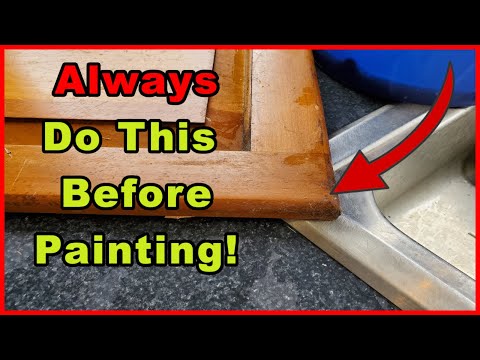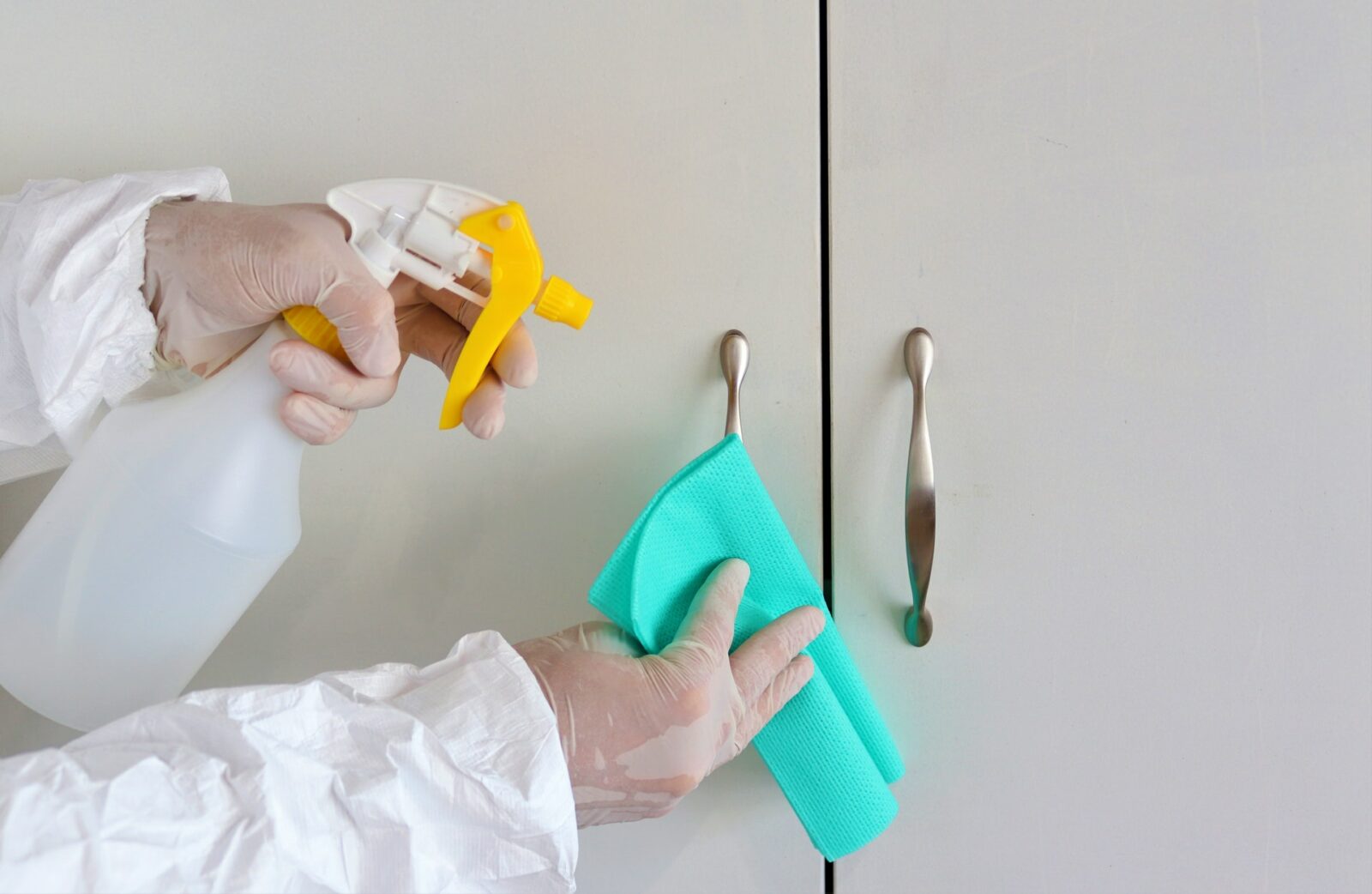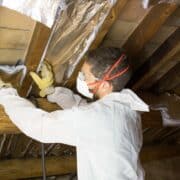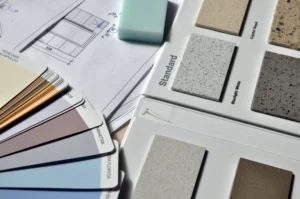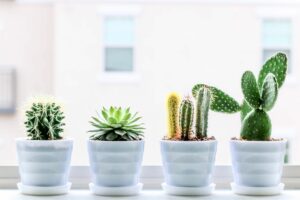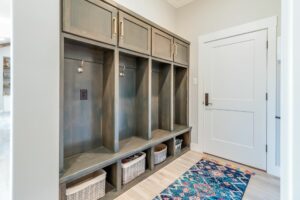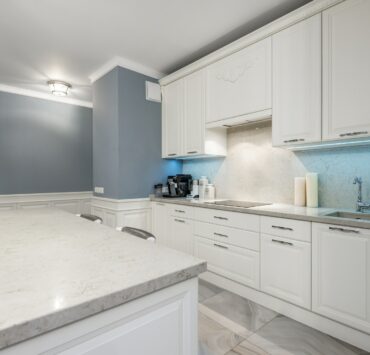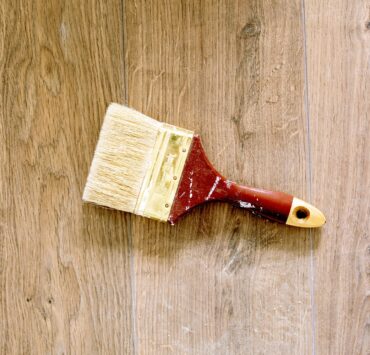A crucial step before getting your cabinets painted is to clean them thoroughly. Cleaning kitchen cabinets requires quite some effort. Since they are frequently touched and used, kitchen cabinets tend to get dirty. Besides, your cabinets are regularly subjected to the oil and grease that might spatter while you cook.
Simply put, neither paint nor primer will stick to an oily surface. Besides, painting over dirt and grease might lead to hazardous consequences. It’ll not only ruin the look but can also be risky for your health.
The problem with kitchen cabinet painting is that it’s not similar to painting drywall. It involves a lot of prep work, and it’s better to get everything sorted in one go. If you don’t like the shade of your wall paint, you can get it repainted in a different colour. But when it comes to repainting a cabinet, you’ll need to prepare the surface by stripping everything off and starting all over again.
Below are some time-tested hacks to clean up your cabinet space before repainting it and avoid hassles later.
What Cleaner is Best for Cleaning Kitchen Cabinets?
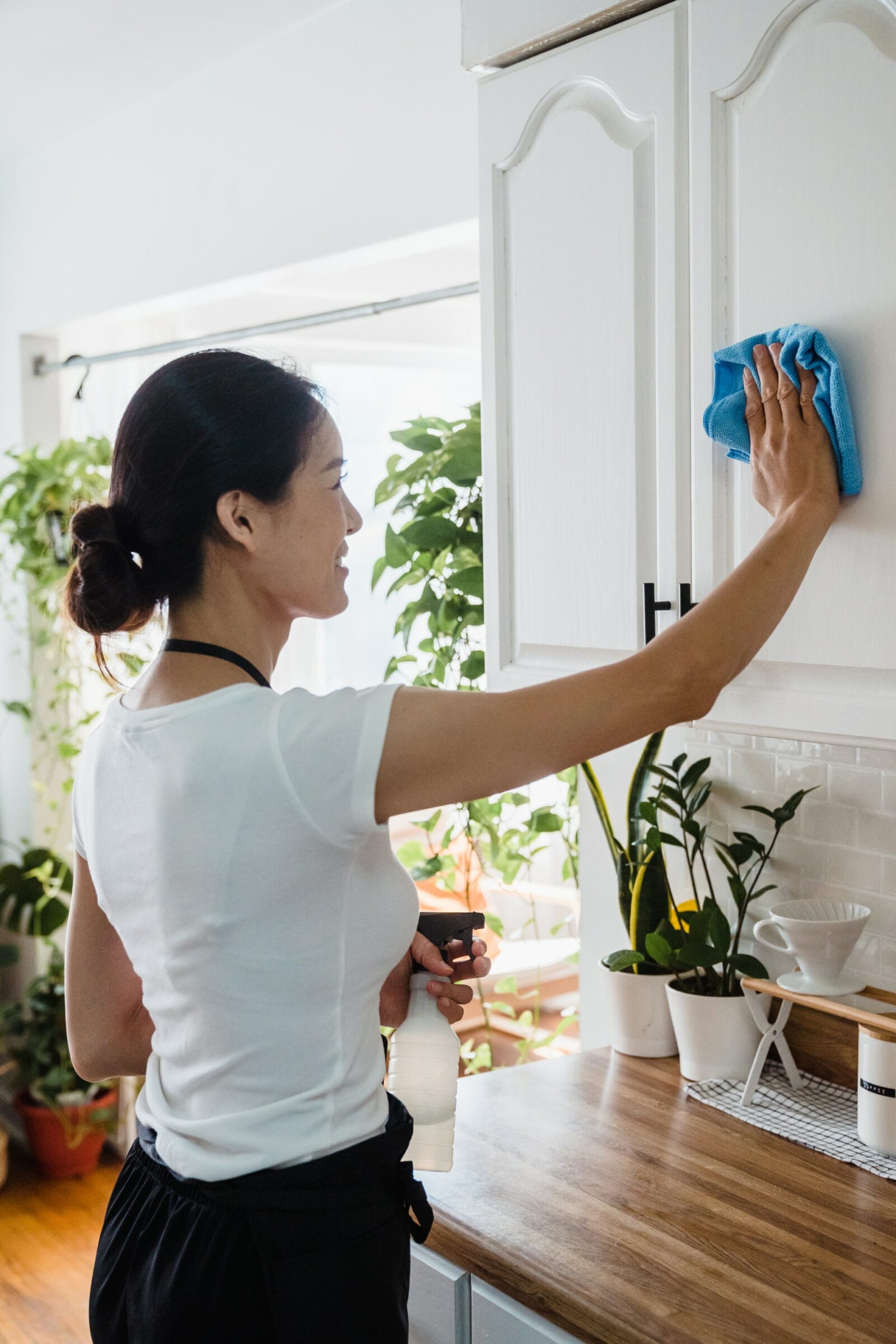
The market has numerous products specialized to clean kitchen cabinets before a painting project. Let’s check out some of the most commonly used products.
Trisodium Phosphate (TSP)
Many painters recommend using Trisodium Phosphate (TSP) to clean cabinets as it effectively cuts through the worst stains, including soot, mould, and grease. The best part is that TSP is affordable, costing just about $5. It is available in any local hardware store. TSP gets diluted in hot water within minutes and is powerful enough to eliminate grease properly and de-gloss your cabinets.
Start with applying the solution to a scotch bright pad and using it to scrub the cabinet. When you’re done scrubbing through every nook and corner, rinse off the surface with clean water. If not rinsed properly, TSP might leave a residue which might cause adhesion problems. Remember to wipe the washed area with a dry, clean piece of cloth.
A major downside of using TSP is that it’s not eco-friendly. But don’t worry! There are various substitutes of TSP that are available in the market. These are free of phosphates, safe for cleaning interior surfaces and deliver an equally satisfying result as TSP.
Denatured Alcohol
Denatured alcohol has a similar effect on tough stains like TSP. It is a fluid and does not require any further mixing. Besides, it evaporates from the surface and doesn’t require extra rinsing. If you’re not sure of using TSP, denatured alcohol could be your alternative.
Dish Soap
If we’re looking at light stains that do not require too much scrubbing, an effective cleaning solution for cleaning kitchen cabinets could be a dish soap from Dawn or Simple Green. You need to lightly scrub your cabinets just like you wash your dishes. All you need to do pour the soap onto a scrubbing pad and thoroughly wipe the interiors and exteriors of your cabinets. However, do not expect the dish soap to cut through tough grease.
Deglosser
Ideally, cabinets are stained with a protective lacquer finish. This coat needs to be sanded off or de-glossed for the primer and paint to bond well. TSP works effectively to de-gloss the lacquer or else you can go for other liquid deglosser products like M1 liquid deglosser. You can also remove the coat by properly sanding the surface.
How to Sand Your Cabinets?
The idea of sanding brings us to the question – how do you sand your cabinets? Although many deglosser products come with a ‘no sanding required’ advertisement on their label, one must not skip this crucial step.
Sanding helps remove the glossy lacquer exposing the bare wood of the cabinet. You may use an electric sander which will quickly get the job done. It’s okay if you can’t reach the narrow paneled areas. These corners can be cleaned using sandpaper grits. A 120 or 150 grit should work fine, as it’ll safely smooth out the area without damaging the wood. It’s better not to go lower than 100 grit.
Another thing to keep in mind is to brush off the dust accumulated after each sanding. A vacuum cleaner is enough to take care of the heavy dust. If you’re still doubtful, take a damp rag and wipe off dust from the corners.
How to Seal Cracks on Cabinet Doors?
This is something else you need to take care of while prepping your cabinets for painting during your kitchen remodel. If you notice cracks in the panel edges of your cabinet door, you may caulk them to make them less noticeable. Like we suggested above, properly clean the surface with remove every bit of dust before caulking. The same goes for doors with floating panels.
You may also do away with this step as the caulk wouldn’t last forever. Wood has the tendency to expand and contract based on the seasonal change in temperature. If you’re really keen on using caulk, go for something flexible or you can just let the cracks be. They’ll anyway be covered while you repaint the cabinets.
Lastly, before applying paint, make sure you get two coats of primer on the surface for better consistency. Our advice is to chuck latex primer as it’s too delicate, and pick an oil-based or shellac primer. That way, it’ll blend with the natural oil in the wood to lend a more smooth finish.
Closing Thoughts
Whatever cleaning product you use, don’t forget to take the basic precautions. Strictly follow the directions in the instruction manual or on the box. Wearing gloves and protection eyewear is essential to avoid any severe reactions. You might also want to wear a face mask too for complete protection. We hope this article will guide you on the process of preparing and cleaning kitchen cabinets prior to a painting session.
FAQs
Is it okay to sand between two coats of primer?
Yes, that’s doable and also a necessary step.
Should I caulk before applying the primer or after?
It works both ways. If you apply the caulk before the primer, you can seal it using another coat of primer.
What product should I use to clean my kitchen cabinets?
The easiest way to clean the insides of your cabinets is dish soap. However, stubborn stains might require a heavy-duty cleaner like Trisodium Phosphate. You can also use denatured alcohol as it saves you the task of rinsing.
What is an easy method to clean kitchen cabinets?
Add up a few drops of dish soap in lukewarm water and swirl it with your finger to turn it soapy. Dip a scotch brite pad or sponge into the solution and squeeze the excess water. Now gently scrub through the grease and dirt. Follow up with clean water to eliminate any residue of the dish soap. Once the surface is satisfactorily clean, use a cloth or a microfiber rag to wipe it dry.
